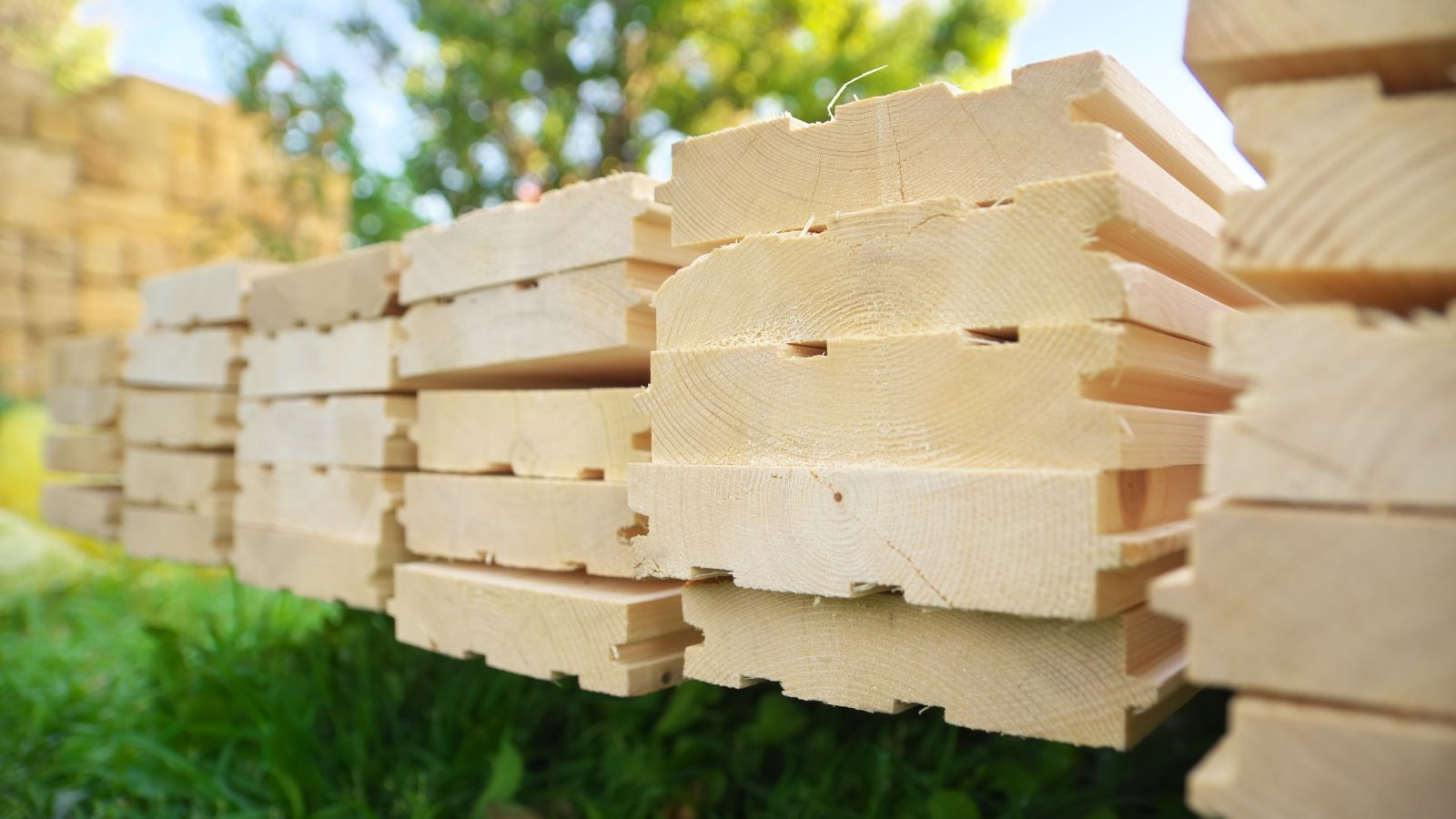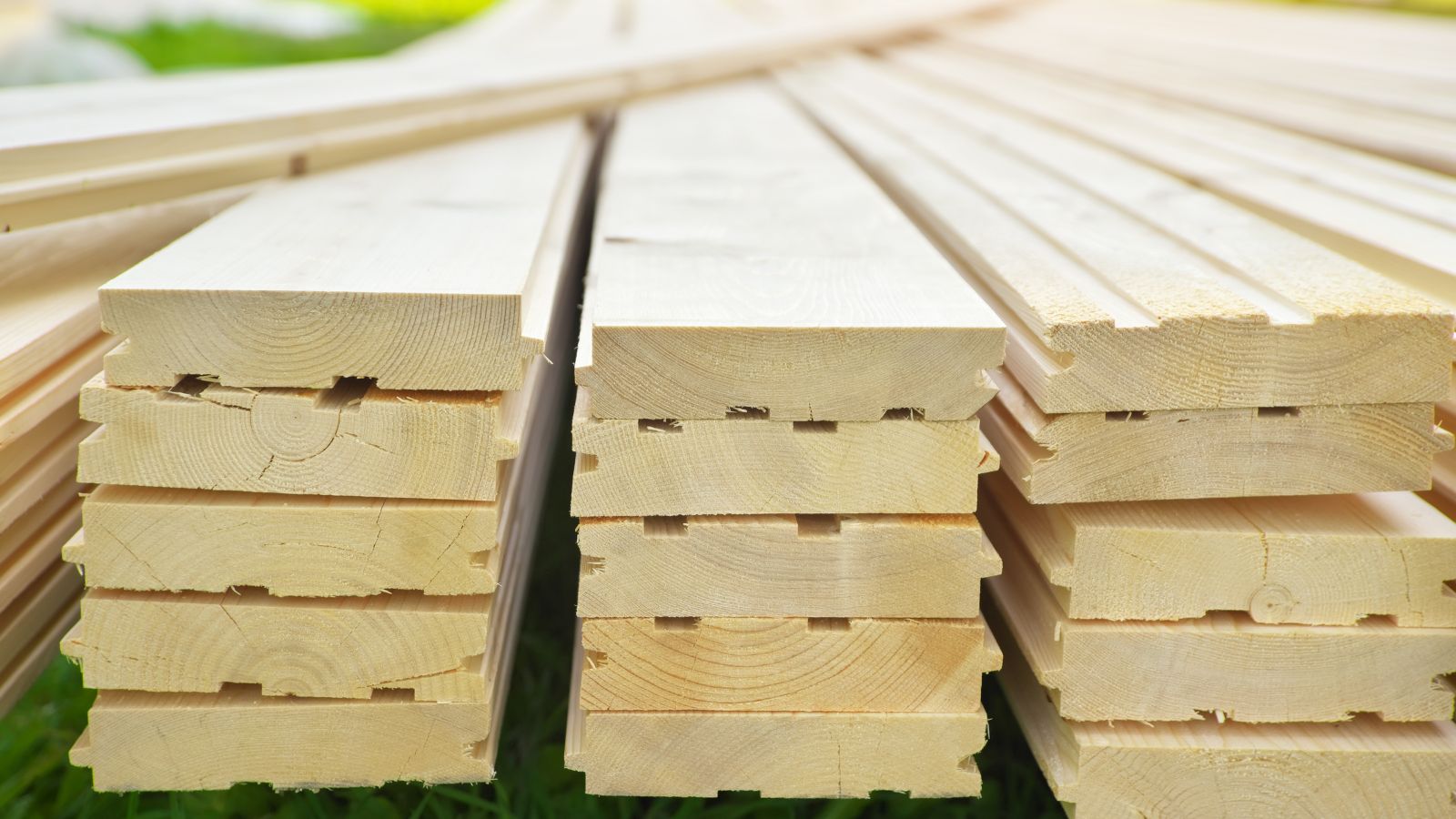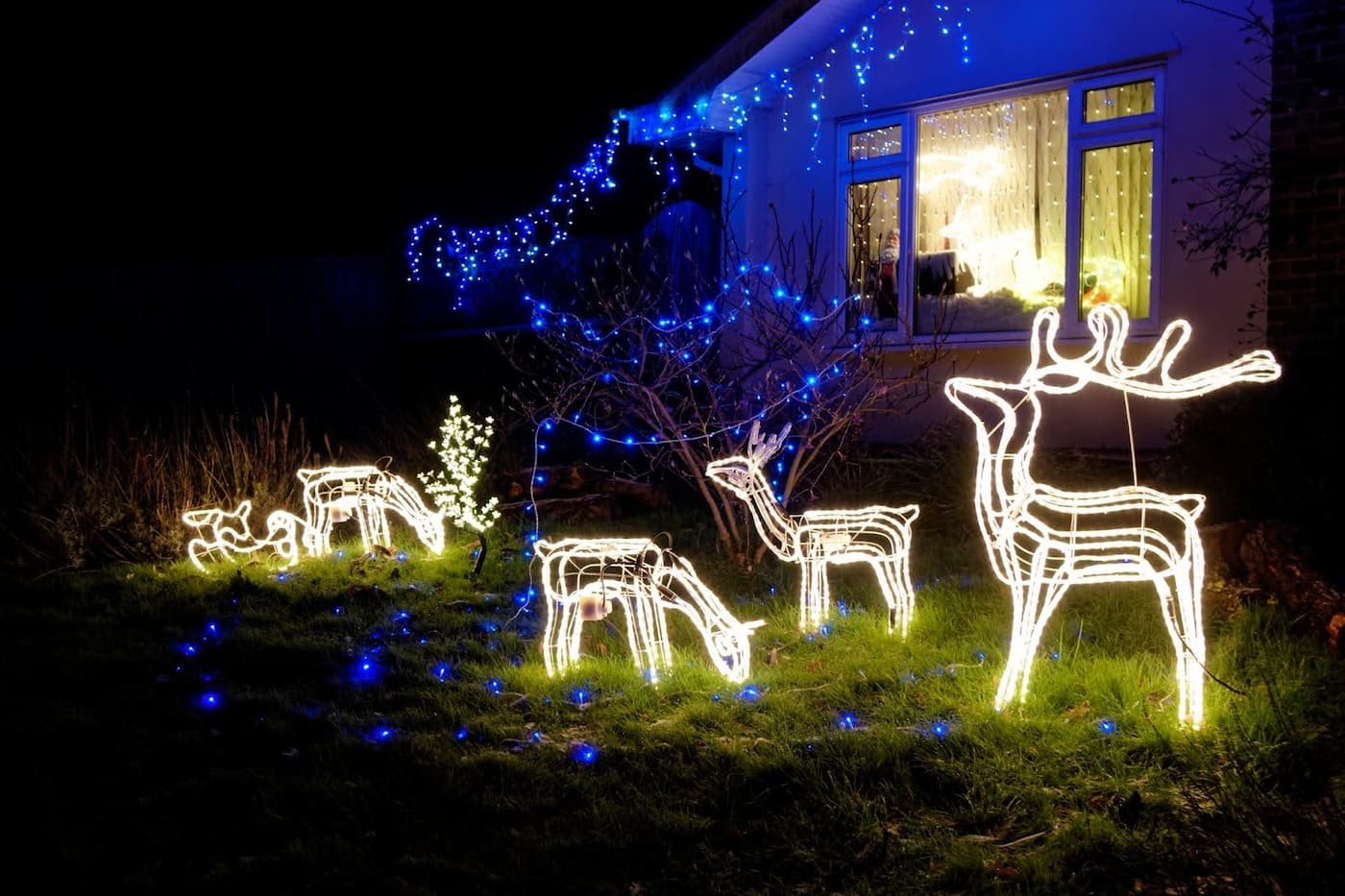Featherboard fences are made up of vertical boards with feathered edges that are overlapping. The kind of fence most commonly used in back gardens offers good privacy and some protection from wind and frost for delicate shrubs. It is also a medium budget option.
The typical height of close-board fencing is 6ft (1.8m), but there are many options available. You should be aware, however, that many local authorities place height restrictions on boundary fencing.
Advantages of Close board fencing
Affordability
Compared to more modern and traditional materials, such as wrought iron and vinyl, wood is an ethical, renewable material that is relatively cheaper. As a result, the construction of a close board fence is cheaper than the construction of a vinyl fence of the same height and length.
Timber fences are only a hassle to maintain because they require a lot of maintenance to keep them looking good. Refinishing your fence every other year makes sense if you are willing to do so.
Ease of Access
You can erect close board fencing on your own, however, we recommend hiring a professional to make sure you get the best value.
Contractors can purchase close boarding quite quickly because close boarding supplies are readily available.
Flexibility
With a closed board fence, you can easily customise it to match the style of your garden since the fence is made on site. If the terrain includes awkward angles or drop-offs, a close board can be installed around them.
You can count on us to provide a fence that is tailored to your land’s size and shape no matter how big or small it is.
Options
The construction of a close board fence allows you to choose from several options. Depending on your aesthetic preference and need for low maintenance, you can choose either wood or concrete gravel boards and posts.
On top of that, the timber boards themselves can be finished in a variety of ways. There are many options available and they are easy to apply to provide good looks and weatherproofing.
Privacy
Close board fences usually stand six feet tall, so they provide adequate privacy for most gardens, as well as enhanced security. Depending on what you need, a professional fence contractor may design and construct a higher fence for you.
If any rules determine how high a fence can be built, you ought to check with the local regulations.
Dura posts
Fence posts have traditionally been made of either wood or concrete, despite the trade’s knowledge of each material’s limited strength. However, the most aesthetically pleasing choice is timber, which on long-term exposure might rot and warp. Also, the material may need regular treatment and maintenance over its lifespan, and when exposed to severe weather conditions it is at risk of failing.
Hence, concrete and timber fence posts have many drawbacks. DuraPost is designed to overcome those drawbacks. A wide range of contemporary colours and galvanised steel are available in DuraPost. With patents and registered designs, it is 100% recyclable at the end of the life cycle, offering a sustainable choice for fences. DuraPost will not rot, warp, or crack like traditional fence posts, and it is maintenance-free.
DuraPost offers a wide range of colours, styles, and matching accessories so that you can create a garden that is truly unique, long-lasting, and stylish.
Fencing posts are usually made out of metal
Posts are made from galvanised steel in the UK. These galvanized steel garden fence posts are lightweight, durable, and extremely robust thanks to their galvanized steel construction. You can assemble the garden fence on your own and work at your own pace thanks to the lightweight nature.
Additionally, DuraPost has no ongoing treatment or aftercare requirements, so you don’t have to worry about that either. Even though these posts can withstand extreme weather conditions, they are 100% recyclable once their working lives are over – making them a sustainable option.
Burying posts
You will need to figure out the height of the fence post based on the height you want to install, but general guidelines suggest dividing the height by three and multiplying the width by three. If your post is 6 feet (1800mm) long by 3 inches (75mm) wide, you’ll have to dig a hole 3 feet deep by 9 inches wide.
These galvanised steel posts are stronger and better constructed than concrete or timber posts, yet they maintain a slimmer profile than those materials. This means a smaller hole will need to be dug, which means less disturbance to the surrounding soil. Furthermore, you’ll only need one bag of post mix per hole.
Installing Dura posts
- A 600mm deep hole should be dug at the start of the fence and a DuraPost inserted. Fix the DuraPost in place with FENCEMATE Post Concrete while ensuring that the post remains upright and level.
- The second post should be positioned about the same length as the first post as the prefabricated fence panel.
- Secure the DuraPost gravel board to the first post with colour-matched screws as you position it in the channel. Make sure the gravel board is level.
- Make sure that the fence panel is at an appropriate height in the DuraPost channel above the gravel board. Attach the panel to the DuraPost® using screws of a corresponding colour.
- Place the next DuraPost in the second hole, checking the channel alignment with the gravel board and fence panel. Fix the post with screws matched to the colour of the post concrete and secure it with colour-matched screws.
- Steps 1 through 3 should be repeated as necessary. To create a smart and quality finish, capping rails, post caps and cover strips can be matched in colour.
Timber
Timber is the main material used in furniture manufacturing. Additionally, it is widely used in construction beyond beams and planks. Timber—or lumber—is any wood that produces the minimum necessary dimensions for it to be referred to as wood. Among the many things that can be made from timber are building materials, furniture, as well as other things.
Besides being used for construction, wood is also used as fuel. Globally, timber is used for fuel in about 40% of forests. As a fuel, timber is different from other alternatives such as coal, in the proportions that it is used around the world.
Cabinet and furniture makers look for hardwoods with high density and beautiful grain patterns, which is why many hardwoods are their first choice. In addition to being heavier and more durable, these woods also grow at a slower pace, so they are more expensive than softwoods. Among the popular choices for high-end furniture are oak, maple, walnut, cherry, and poplar. These types of wood are less expensive than softwoods such as pine, redwood, spruce, and cedar.
Lumber mills often use waste materials such as wood shavings and sawdust to produce chipboard, medium density fiberboard, light density fiberboard, and other wood products that can be manufactured into inexpensive furniture sold ready-to-assemble or as parts for furniture.




